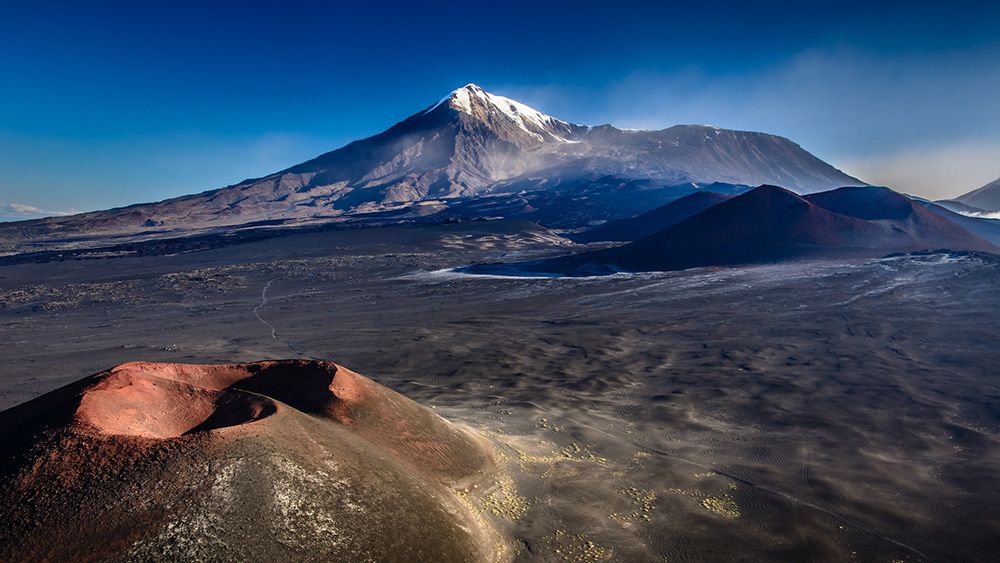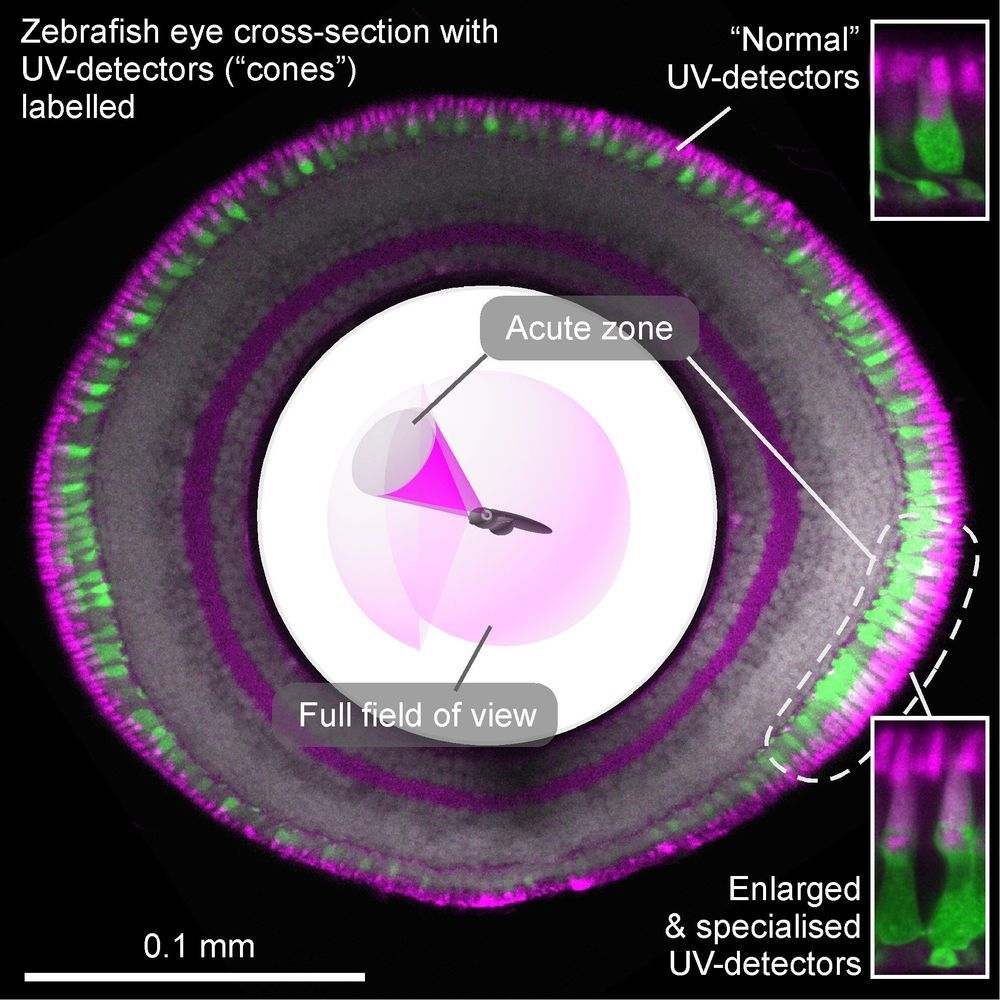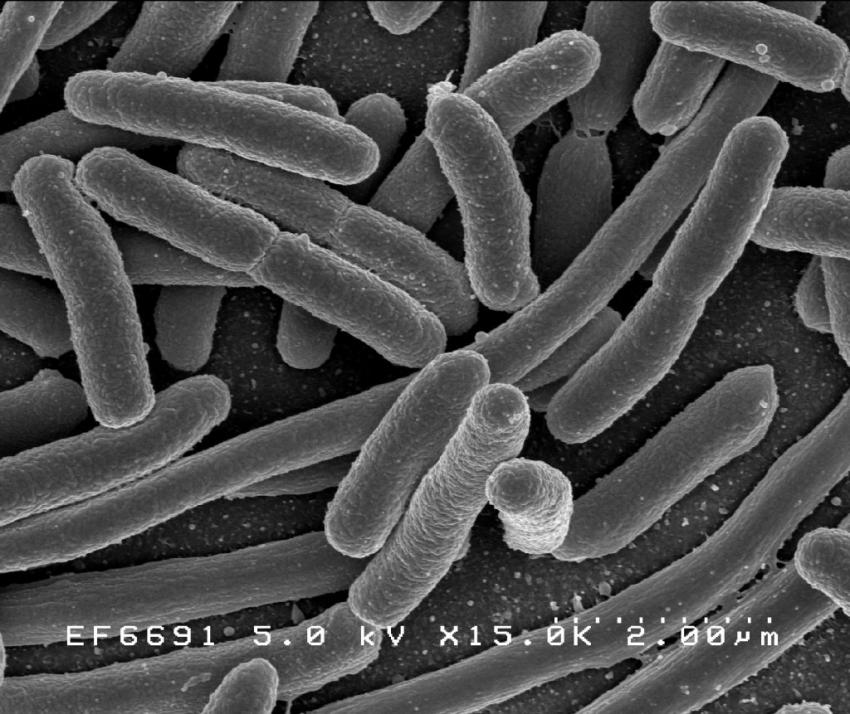Agency would get a huge technology research arm and a new name.



Humans are on the one hand capable of mass genocide, and on the other hand, great self-sacrifice. Why are we capable of such extremes? We talked about this with Robert Sapolsky, professor of biology and neurology at Stanford University and recipient of a MacArthur Foundation genius grant.
Follow @SophieCo_RT
Instagram Sophieco.visionaries

Launched in 2013, the Gaia satellite has been scanning the sky to measure the positions, distances and motions of more than one billion stars in our galaxy, the Milky Way. The goal of the mission is to create the most detailed galactic map ever made, in order to investigate the Milky Way’s past and future history like never before.
The animation below shows the satellite as it scans great circles around the sky. Eventually, the sky is unfolded to reveal the view of the Milky Way and neighboring galaxies, based on measurements of nearly 1.7 billion stars from the second Gaia data release. The map shows the total brightness and colour of stars observed by Gaia in each portion of the sky between July 2014 and May 2016. Brighter regions indicate denser concentrations of especially bright stars, while darker regions correspond to patches of the sky where fewer bright stars are observed. In the middle of the image, the Galactic center appears vivid and teeming with stars.
Animation of data from ESA’s Gaia second release, which was made public on April 25, 2018.

Diamonds are remarkable. Most form deep within Earth, 62 miles or more beneath our feet and are brought to the surface in powerful explosive eruptions. Yet researchers looking at the 2012–13 eruption of Tolbachik on the Kamchatka Peninsula in Russia found tiny diamonds in the volcanic debris. This was not one of those powerful explosions but a massive series of lava flows. So why were there diamonds showing up unexpectedly?
The “easiest” way to form diamonds is taking carbon and exposing it to the immense pressure within Earth’s mantle. Then they get coughed up with other chunks of rock from the mantle in these giant explosive eruptions called kimberlites. They’re named after one of the world’s most famous and productive diamond mines in Kimberley, South Africa. The places where we find most diamonds today are from the rocks created by these eruptions, found in places like northern Canada and Arkansas. Sometimes, glaciers or rivers have moved the diamonds from their sources, but they can be traced back to their original volcano sources.
There hasn’t a kimberlite eruption in recent human history. The most recent known kimberlite eruption might have happened 10,000 to 20,000 years ago in Tanzania, and that is controversial. The last confirmed kimberlite erupted 30 million years ago in the Democratic Republic of the Congo. Both of those places (and the locations of most kimberlite eruptions) are old continental areas called “cratons,” away from active tectonic zones like volcanic arcs.

SCOTLAND, UNITED KINGDOM – Following a 932-mile journey by river, sea and road, the first of three super grid transformers was delivered by Siemens to the onshore substation at New Deer in North East Scotland for the Moray East offshore windfarm development.
The transformer was moved from the port at Peterhead, Scotland to the substation site by a 230-foot long 20 Axle 350Te Girder Frame transporter with a police escort, due to its size and weight.
Each of the three transformers is around 40 feet in length and weighing in at 270 tonnes.



I’ve just been reading about reaction time and intelligence. That got me wondering if IQ could be calculated by comparing reaction time age to chronological age at https://www.justpark.com/creative/reaction-time-test/. The average reaction time age I got, with 10 attempts, was 38(rounded to nearest whole number). My actual age is 63.
Take this simple test, and we’ll gauge your age based on your reaction time.

Recently discovered ‘single-pixel vision’ in fish could help researchers understand how humans are able to spot tiny details in their environment—like stars in the sky.
In a paper published this week, researchers at the University of Sussex found that zebrafish are able to use a single photoreceptor to spot their tiny prey.
This photoreceptor is like an ‘eye pixel’ and seems to provide enough of a signal for the fish to go and investigate the stimulus.
